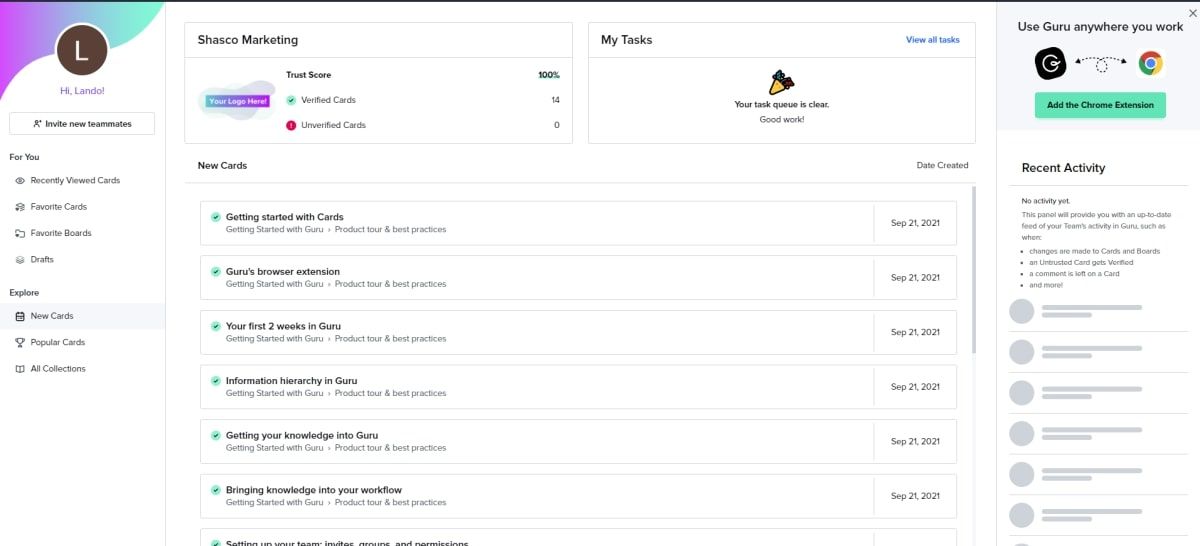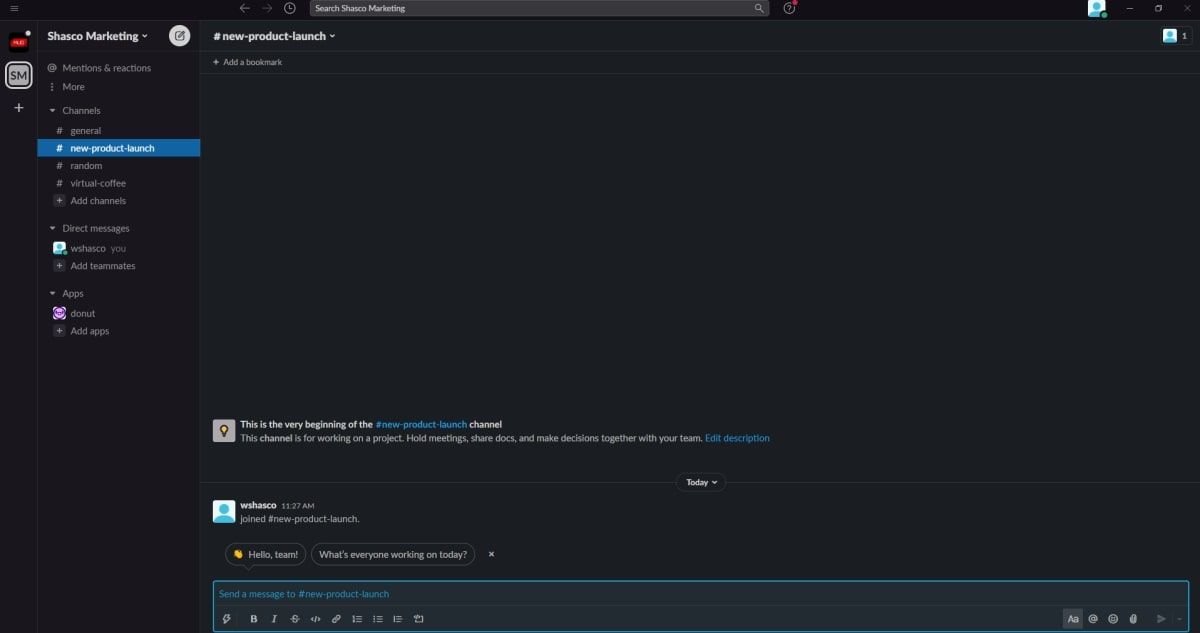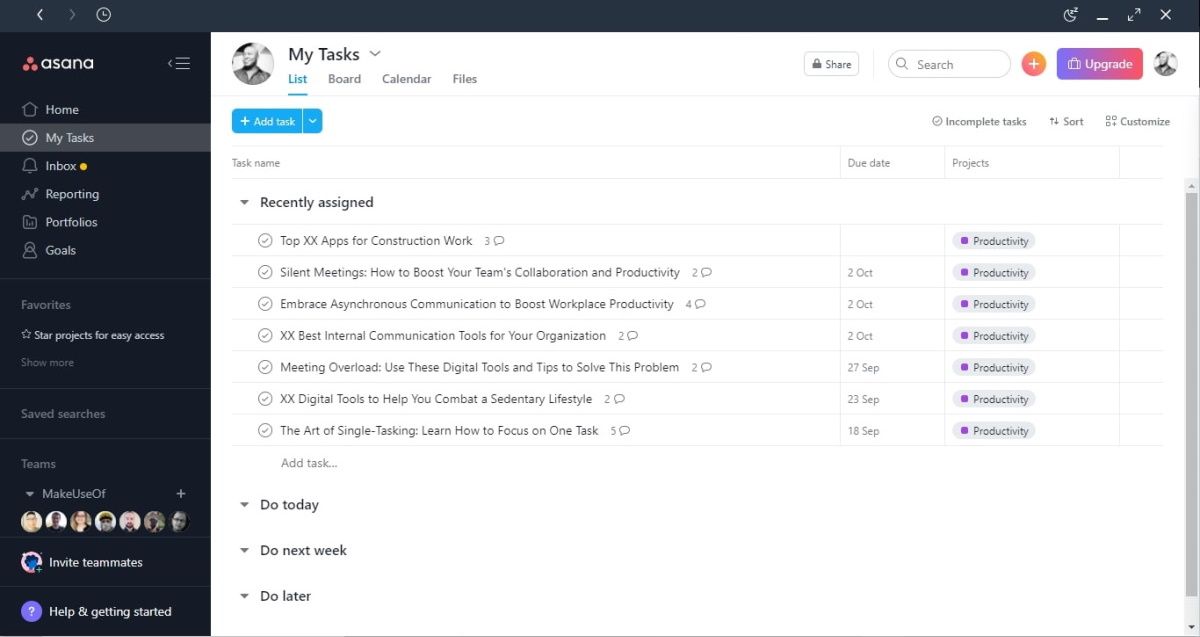We live in a time when access to information and knowledge is easier than ever, and we can thank technology for that.
However, knowledge sharing is not always a standard practice in the workplace because of unclear internal communication, knowledge hoarding, and a lack of practical digital tools.
In this article, we'll discuss why you need to improve knowledge sharing, and how you can achieve that in your workplace.
What Is Knowledge Sharing in the Workplace?
Knowledge sharing is exchanging information between people, teams, or departments to improve collaboration and achieve the organization’s goals. Chances are, you hire specific employees from a large group of people because of their knowledge in a particular field, and how they will use it in your organization.
Now, imagine how much use that knowledge can be once these individuals start sharing their expertise and working as a unit. Knowledge sharing helps create a more engaged workforce by boosting creativity, innovation, collaboration, and productivity.
This is why it is vital to set up an effective system to manage, share, and use knowledge within your organization. Here are some tips and tools to help you achieve that:
1. Create a Company Internal Wiki
In a general sense, technology has significantly boosted the accessibility of information and knowledge in the workplace. However, employees still spend a lot of time trying to find specific pieces of information.
Why? That’s partly because company information gets spread across different internal communication tools like Emails, making it a challenge to find and update information, effectively onboard new employees, or respond to common queries once and for all.
You can avoid this time and productivity drain, and boost knowledge sharing by centralizing information in an internal wiki.
An internal wiki is a company’s centralized encyclopedia that employees can use to create, organize, and share knowledge to help everyone do their jobs productively. Your company’s internal wiki can include meeting minutes, company policies, company news, standard operating procedures, company software tutorials, and more.
Although this might sound like a complicated endeavor, you can use internal wiki-friendly tools like Guru to create a knowledge base that’s easy to access, edit, and navigate. Guru allows you to integrate other knowledge management and communication tools to have all relevant information in one place.
Download: Guru for Android | iOS (Free trial, premium version available)
2. Reduce Communication Barriers
Improving knowledge sharing within your organization also means creating communication bridges between employees in different departments, remote teams, and leadership. It is vital to reduce communication barriers as much as possible to avoid team members feeling detached from one another.
You can achieve this by using real-time workplace communication software like Slack. This tool effectively allows one-on-one communication and cross-functional collaboration across different departments through Slack channels to facilitate knowledge sharing.
Slack allows you to save messages and files, and quickly find them through search. You can also make use of these advanced Slack search tips to save more time.
Further, you can introduce a virtual water cooler channel for colleagues to interact during breaks or after work, share ideas, get to know new hires, etc., to create a culture of easy communication and openness.
Download: Slack for Android | iOS (Free, premium version available)
3. Leverage Silent Meetings
One of the main reasons silent meetings can help boost your teams’ collaboration and productivity is because they promote effective knowledge sharing.
That’s possible since team members use most of the allotted time to share ideas by writing, thereby overcoming peer pressure, or the risks of more outspoken people overshadowing their introverted colleagues during conventional (verbal) meetings.
Silent meetings can be particularly beneficial to brainstorm ideas, as all the participants have equal time to reflect and share knowledge effectively.
4. Assess Your Onboarding Process
Working in a new environment can be an intimidating experience for most people. New hires often need time to settle in their new environment, acclimatize to new roles, responsibilities, and teams.
Luckily, assigning new hires to a mentor or having an effective onboarding process to facilitate the flow of information can help overcome these challenges.
This is why it is vital to revisit your onboarding process through the lens of knowledge sharing, as it provides you with the perfect opportunity to ingrain its values within your organization. This will help new employees know that their insights are valuable, and they will feel more comfortable sharing them from day one.
That said, assess your onboarding process to determine how you can add more knowledge-sharing opportunities. For example, you can create a training guide in your internal wiki for new hires, including relevant information like how-to tutorials, company policies and expectations, mission statements, etc.
In addition, you can use tools like Donut on Slack to pair new hires with mentors or onboarding buddies to give them a warm welcome, share casual conversations to help instill a sense of belonging and create meaningful connections.
5. Use Project Management Tools
Having cohesive teams that work seamlessly together on different projects is vital in any thriving organization. You can achieve this by creating a collaborative culture that empowers team members to share ideas, knowledge, and skills to achieve a common objective.
Project management tools help boost collaboration by bringing different people to work on a project, track their progress, add relevant information, and communicate.
You can use project management tools like Asana to keep all your team members in the loop to ensure they work in synergy. Asana makes it easy for everyone to access, find, and share information in one place. This tool can improve your team’s productivity by helping you organize all your projects and knowing what everyone is working on to avoid duplicating efforts.
Download: Asana for Android | iOS (Free, premium version available)
Improve Your Workplace’s Productivity With Knowledge Sharing
Knowledge sharing is one of the pillars of any productive organization.
You can use the tips and tools above to boost your team's engagement and productivity by continually encouraging existing employees to share knowledge and instilling this value in new hires from the start.






